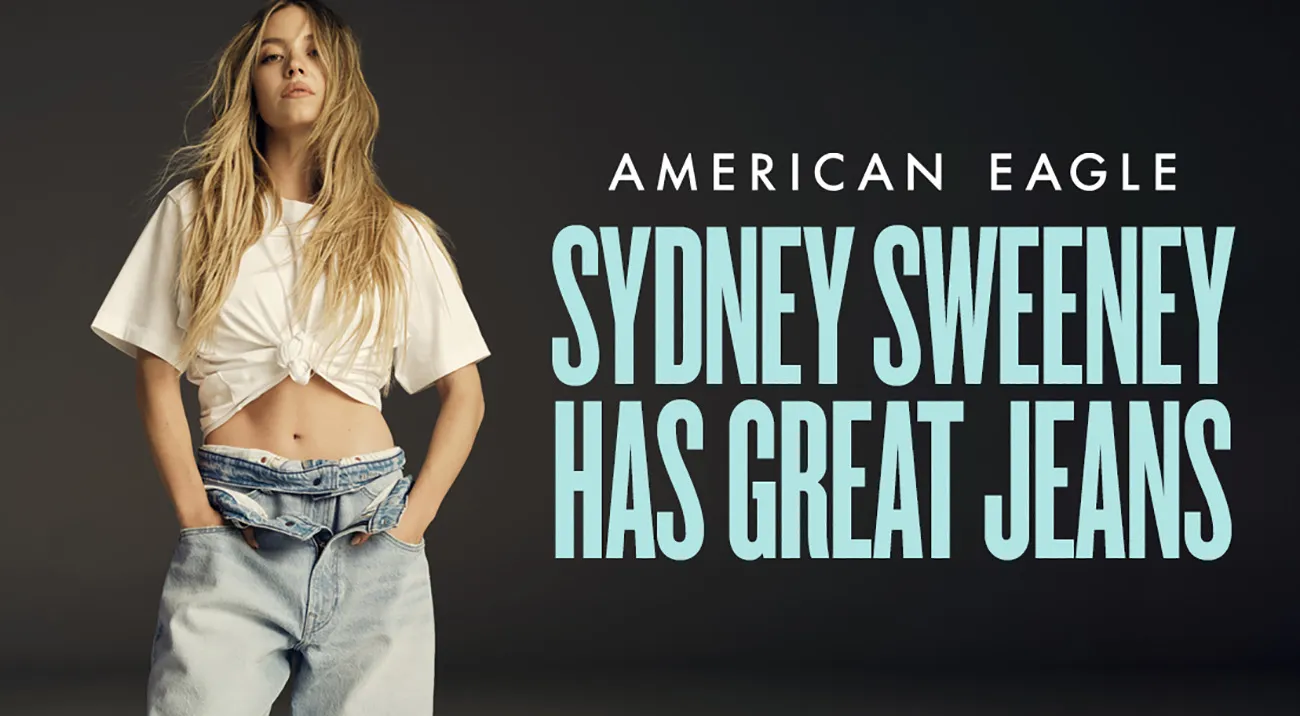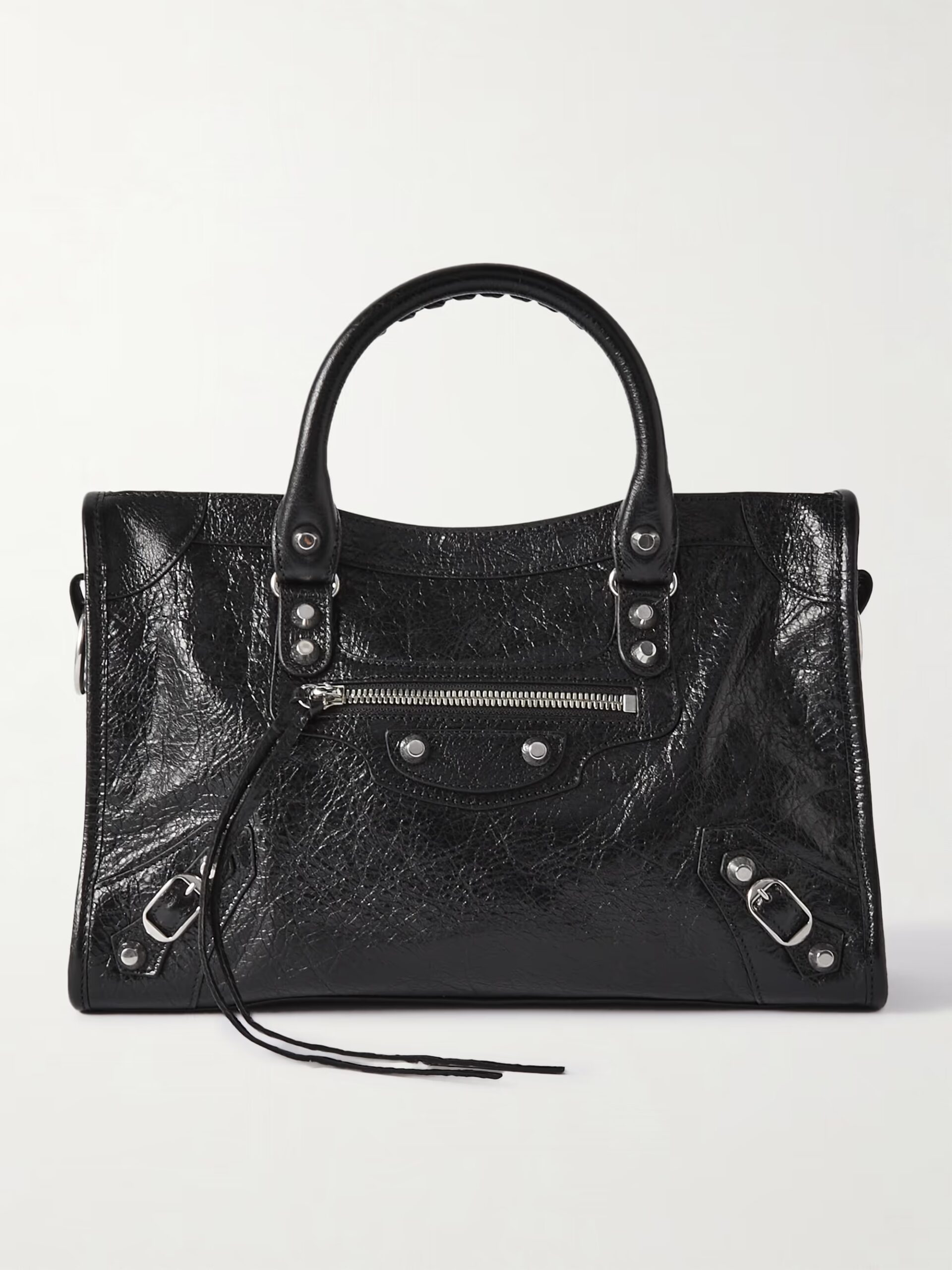Youth culture has always been a powerful force driving shifts in music, fashion, art and social movements. Each generation redefines what it means to be young in its own way. From 70s Soul Train to 90s skateboarding or 60s anti-war flower power to 80s graffiti tags, youth expression has long shaped global culture. Today, Gen Z is evolving the notion of youth culture once again — this time as a fluid, digital-native subculture with growing economic and creative clout. As each generation has reframed what youth means in its time, the rise of Gen Z’s ideals and “radical movements” now signals a shift in how youth culture is commodified, communicated and capitalised on.
Youth culture today is more than a series of trends; it is a powerful movement shaping how brands communicate and connect. Yet, navigating this evolving landscape is not without controversy. Take American Eagle’s recent campaign featuring Sydney Sweeney, which sparked controversy not for the jeans themselves, but for a play on words in the ads. One version shows Sweeney in front of a banner reading “Sydney Sweeney has great genes,” with the word “genes” painted over to read “jeans.” Critics argued the subtle reference touched on sensitive cultural and political tensions in America, with some interpreting it as echoing divisive nationalist themes.


Despite the uproar, the ads have driven significant sales, with many jean sizes sold out and proceeds supporting mental health charities — yet the debate highlights how fraught marketing to Gen Z has become. Interestingly, reports also showcase how the campaign negatively impacted the brand’s foot traffic. Data shows a notable nine percent year-over-year decline in store visits during the week beginning 3 August, following the campaign’s launch on 27 July. This downturn contrasts sharply with the weeks prior, which saw traffic gains of nearly six percent.
Millennials Vs Gen Z Subcultures

One could argue that millennials carved their identity largely through physical rebellion and distinct subcultures that often took years to reach the mainstream. In contrast, Gen Z’s cultural imprint is immediate, digital and decentralised. Millennials typically had to make noise to be noticed. Their subcultures were forged in physical spaces — concerts, clubs or street culture — expressed through fashion ensembles, music genres and political ideologies. This was a slower build, with trends taking years to become widely accepted. Gen Z’s subculture, however, thrives on digital platforms where personal likes, dislikes and values are shared instantly via social media. Trends erupt overnight and rapidly become normalised through widespread digital broadcasting. This organic growth is less about rebellion and more about authentic self-expression shared on a global scale without physical or geographic limitations.
So why is Gen-Z subculture so elusive? The reason one does not “see” Gen Z’s subculture is that it grows rapidly online — often overnight — and eventually becomes a norm through digital broadcasting, a more streamlined, less confrontational way of creating and sharing a subculture.
Gen Z’s Digital Subculture(s)
@brycekicks As always wear what you like? What trends do you think will be big in 2025? #mensfashion #fallfashion #outofstyle #2025 #fashiontrends ♬ UNSTOPPABLE EVENING – finetune
Several digital-first movements now define Gen Z’s values and aesthetics. Slow fashion and thrift culture have emerged as key examples, with today’s youth curating wardrobes from secondhand finds as a response to sustainability concerns and rejection of fast fashion — especially on platforms like Depop — as Gen Z rejects fast fashion and leans into eco-conscious curation. This movement aligns with broader environmental values and recycling culture — drawing profit from nostalgia while reducing waste, and fueling vintage Y2K revivals on marketplaces and TikTok.
When it comes to how brands market their campaigns, diversity and inclusivity have become central components — particularly in the beauty and fashion industries — with demand for broader makeup shade ranges, extended fashion sizes and media representation reflecting a commitment to equity and acceptance. Eco-conscious minimalism embraces a clean, simple aesthetic tied to low-waste living and environmental awareness. Meanwhile, vulnerability and mental health awareness are openly shared online in selective, intentional ways that foster empathy and safe digital spaces. Gen Z also revitalises nostalgic fashion eras such as Y2K or Cottagecore, blending past aesthetics with fresh perspectives to create hybrid and constantly evolving subcultures.
How Brands Commodify Gen Z Subculture
Gen Z’s online subcultures — like Cottagecore’s nature-inspired nostalgia, Y2K Maximalists’ bold retro revival and Goblincore’s embrace of chaotic, anti-glam aesthetics — have reshaped youth culture and consumer trends. Brands tapping into these movements succeed by adapting their products and marketing to reflect these niche styles and values. For example, fast fashion labels like Urban Outfitters and Zara have launched thrift-inspired collections catering to thriftcore and Goblincore fans, blending “ugly” aesthetics with supposedly “sustainable” materials. Meanwhile, beauty brands such as Fenty Beauty have expanded diverse shade ranges and playful packaging that resonate with Gen Z’s demand for inclusivity and self-expression. Even luxury brands like Dior have capitalised on viral social media trends by releasing limited-edition lip glosses and accessories that tap into the Y2K craze. By collaborating with creators and influencers within these subcultures, brands gain cultural credibility and drive sales through social commerce and viral campaigns. Ultimately, this approach turns grassroots cultural movements into profitable, market-ready products without alienating Gen Z’s demand for genuine connection.

However, much of this marketing remains a farce — brands often resort to greenwashing, promoting sustainability without rigorous efficacy studies to back their claims. Initially, many tried simply changing their look to mimic Gen Z subcultures, but when that failed to build lasting trust, they dug deeper by talking up sustainability. Consumers quickly saw through superficial efforts, prompting brands to add yet another layer — performative inclusivity, exemplified by campaigns like Skims featuring plus-size models. Still, Gen Z pursues a lifestyle rooted in authenticity and values that fast fashion’s fleeting trends cannot truly capture.
Controversy Does Not Equal Cultural Cache
As Gen Z reshapes consumer culture, brands have a prime opportunity to reinvent themselves by revisiting their roots. Embracing vintage logos, packaging and classic product lines allows companies to tap into nostalgia while modernising these elements for today’s market. This trend of redesigning heritage styles not only fuels successful comebacks but also positions brands to connect authentically with a generation that is now leading the industry’s direction. For businesses, blending legacy with innovation is proving to be a winning strategy in capturing Gen Z’s loyalty and driving growth.

However, controversy no longer guarantees cultural cachet. Where American Eagle’s recent ad campaign sparked debate but yielded mixed results, luxury Maisons like Balenciaga have succeeded by authentically embracing subcultures such as motorcycle and biker styles, proving that genuine connection — not controversy — is key to winning consumer loyalty and driving sustainable growth.
For more on the latest in luxury fashion and style reads, click here.







